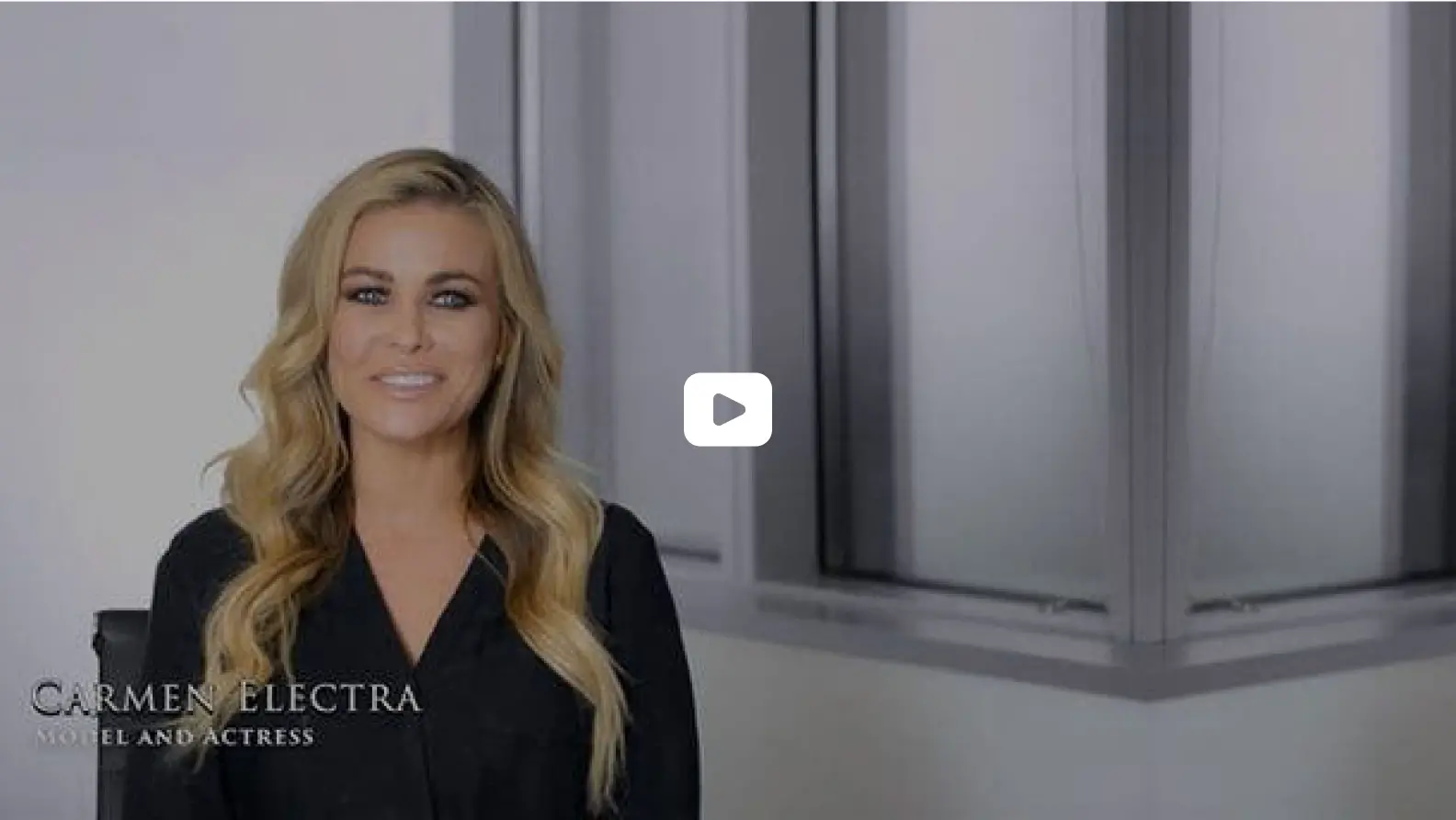
How to avoid hydroplaning in the rain
Hydroplaning, also known as aquaplaning, can be a pretty scary experience when driving in the rain. Losing traction and control of your vehicle, even when it’s temporary, can cause you to panic.
However, knowing how to avoid hydroplaning or even regaining control of your vehicle is critical for your own safety as well as others.
The U.S. Department of Transportation shows that there are 1.2 million weather-related crashes each year, and at least 5,400 fatalities as a result.
If you’ve ever experienced any hairy situations while hydroplaning or driving in the rain in general, we’ll go over some tips so you can feel a little safer the next time you hit wet pavement.
What is hydroplaning
Hydroplaning is when your vehicle “floats” on a thin layer of water on the road. Hydroplaning may occur when there is standing water and higher vehicle speeds.
With enough standing water on the road, you can actually start hydroplaning at speeds as low as 30 MPH. On the other hand, if you’re driving too fast for conditions, you can hydroplane over thinner layers of water.
When driving in the rain, it is important to slow down and keep your eyes out for standing water. In general, you’ll find other cars driving around the patches of standing water, or you can see large pools of water via reflections of light.
Recognizing road conditions that cause hydroplaning
Recognizing road conditions for hydroplaning can include seeing pools of standing water, identifying dips in the road where water can pool, and watching other drivers avoid standing water.
It’s important to scan the road ahead and see potential areas where water can start pooling – these are the patches of road where hydroplaning is most likely.
Here are some situations that can increase the likelihood of hydroplaning:
- Amount of water on the road
- The condition of your tires
- Your driving speed
- Tire tread depth
- Weight distribution of your vehicle
When it’s dark and cloudy out, you may not always get a clear view of the road. If you suspect you’re on a stretch of road or in an area where water can start pooling, drive slowly and cautiously.
How to avoid hydroplaning in the rain
To avoid hydroplaning in the rain, drive slower than you would in dry conditions. Speed is the number one factor in hydroplaning. Hydroplaning also occurs when your tires are underinflated or don't have enough tread depth.
Use the following tips and strategies so you don’t lose traction and avoid hydroplaning or aquaplaning:
- Maintain correct tire pressure: Underinflated tires will increase your chances of hydroplaning
- Check tire tread depth: Without correct tread depth, channeling water away from the tires will be impossible, increasing the chances of hydroplaning
- Slow down: By reducing speed, your tires will maintain contact with the ground–the faster you hit standing water, the more chances you have of “floating” across the patch of pooled water
- Keep even weight distribution: Don’t overload the rear or any one side of your vehicle as the lighter sides will have a greater chance of hydroplaning
- Drive smoothly, avoid sudden movements: Don’t break, accelerate, or turn too quickly when it’s wet out as jerky movements will break traction
- Avoid cruise control: If you hit wet pavement or temporarily lose traction, your cruise control may want to speed up and cause your tires to spin
What to do when hydroplaning
Here's what you should do when hydroplaning: get off the gas or accelerator, avoiding sudden movements or braking, and steering in the direction of the slide.
Most instances of hydroplaning are brief and you don’t need to do much to recover. Simply taking your foot off the gas pedal as you go over a patch of water is enough to keep you from losing complete control of your car.
However, if you hit a long stretch of pooled water, or hydroplaning triggers a prolonged loss of traction, here’s what you want to do: Don’t brake or step on the gas, just allow your car to coast, then steer into the direction of the slide.
It seems counterintuitive, but you want your tires to point in the same direction you’re sliding in so that when you regain traction, you’ll be traveling in the direction you want. It’s easy to course-correct when your tires are already pointing in the direction you’re moving.
When you regain traction, accelerate slowly to regain speed and direction, and if necessary, pull over and take a breather.
Call a lawyer if you’ve been involved in a hydroplaning accident
If you’ve been involved in an accident as a result of hydroplaning – whether it was you or another driver that lost traction or control – give us a call.
When another person’s speed and negligence causes an accident or injury, you are entitled to compensation.
In the instance where you were hydroplaning and involved in an injury accident, you still may not be totally at fault. California is a comparative negligence state, meaning that each party involved that may be at fault takes part of the blame – even the agencies that own the roads!
Hydroplaning can happen where there are poorly maintained roads or potholes. Let an experienced accident attorney handle your case and get justice.
Call us any time at 213-996-0790.




